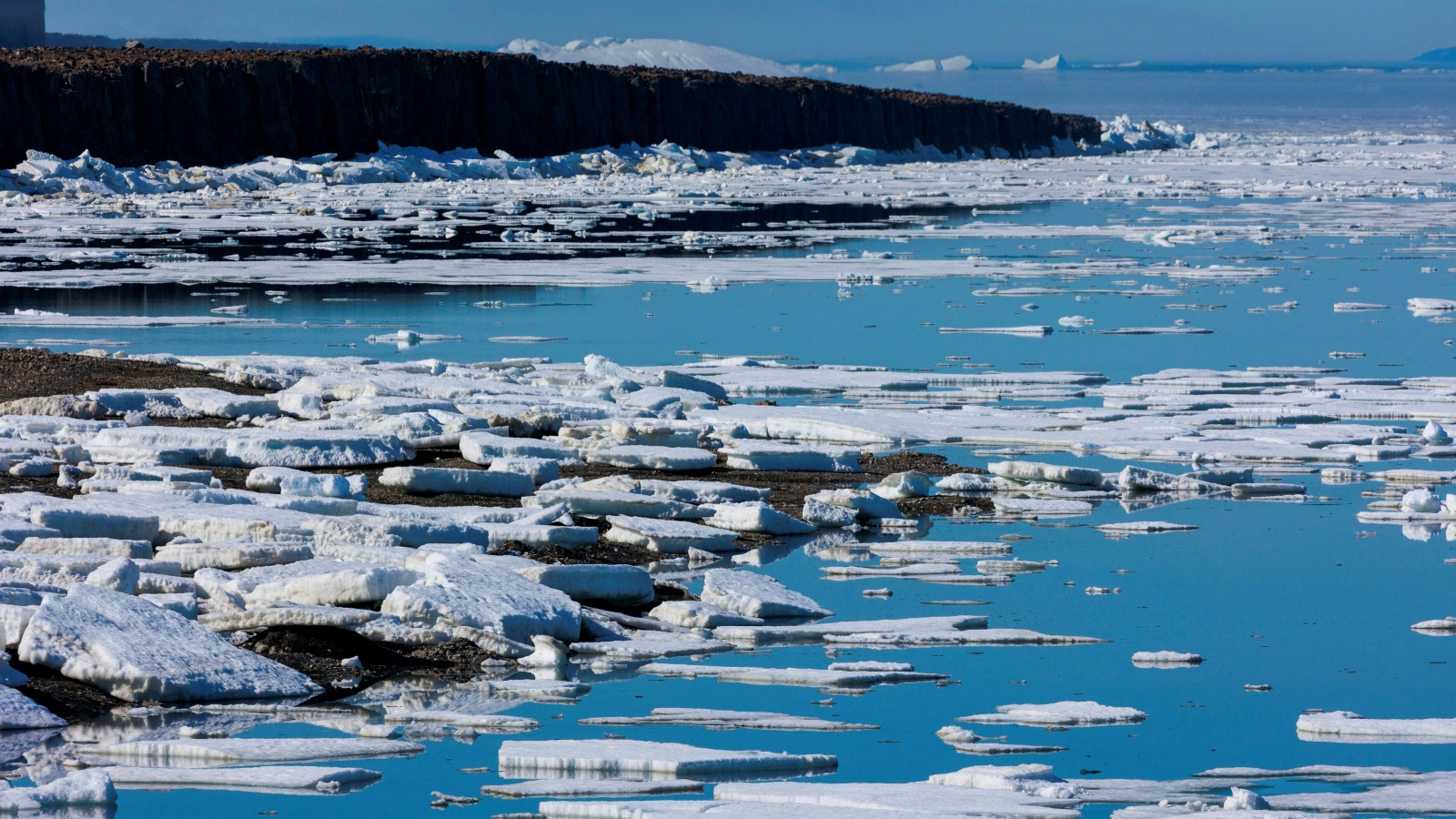When you think of the Arctic, wildfires, rain, and typhoons probably don’t spring to mind. But all of these events came for the Far North this year, and scientists say more freak weather events are in store.
The last seven years in the Arctic were the hottest on record, according to the National Oceanic and Atmospheric Administration’s annual “report card” released this week, the work of nearly 150 scientists. The Arctic, warming four times faster than the planet overall, is rapidly destabilizing — with troubling consequences for the people who live there as well as global weather patterns.
Warmer weather is already messing with the Arctic’s seasons. Snow cover is melting earlier on in the spring, allowing wildfires to get an early start and to tear through new areas. By June, fires had already burned 1 million acres, a record for that time of year.
The region is losing snow cover at a rate of nearly 20 percent every decade since the late 1960s and receiving more rain. In a new finding, the NOAA report’s authors documented an increase in precipitation over the entire Arctic region, with more frequent downpours. This year was the third-wettest for the Arctic in the past 72 years. As the ocean warms up and loses sea ice, more moisture is heading to the atmosphere, allowing for more rainfall. In September, for example, a typhoon fueled by unusually warm waters in the North Pacific struck Alaska, bringing a destructive storm surge that knocked coastal homes off their foundations.
That same month, a heat wave caused an outburst of melting across more than a third of Greenland’s ice sheet. Soon afterward, the remnants of Hurricane Fiona — after battering Puerto Rico and Canada’s east coast — once again sent warm air over Greenland’s southern ice sheet, prompting the worst melting event the area had ever experienced in late September.
Turning up the heat in the Arctic can cause far-reaching consequences. Once dubbed the “refrigerator” of the northern hemisphere, the region plays a key role in stabilizing weather further south — an ability that it’s losing. As the Arctic warms, it raises sea levels, alters the atmosphere’s circulation patterns, and sends strange weather across the globe. For instance, warm temperatures in the Far North can cause the polar jet stream to dip south, bringing bitter cold across parts of the northern hemisphere. The more unpredictable weather brought on by ice loss is already hurting crop production, instability that could raise food prices — another example of “heatflation.”
For the 400,000 Indigenous people who live in the Arctic, the effects of warming are especially acute. NOAA’s report card included the most comprehensive look in its 17-year run at how Indigenous communities in the Arctic are feeling these changes. “Our homes, livelihoods, and physical safety are threatened by the rapid-melting ice, thawing permafrost, increasing heat, wildfires, and other changes,” Jackie Qatalina Schaeffer, an Iñupiaq from Kotzebue, Alaska, who contributed to the report and directs climate initiatives for the Alaska Native Tribal Health Consortium, told the New York Times.



